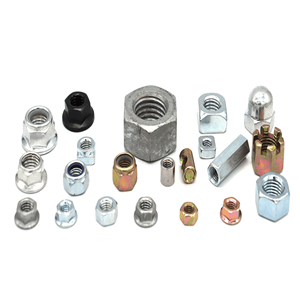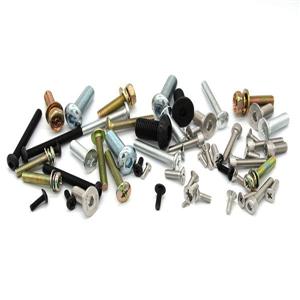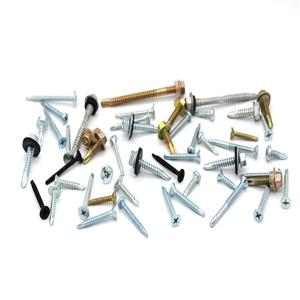The difference between flat washers, spring washers and stop washers
Washers are often used with bolts to secure bolts. Common washers have flat washers, spring washers and stop washers. So what is the difference between the three? Let's take a look at the difference between flat washers, spring washers and stop washers.
1. Flat washer
Flat washers, mainly stamped out of iron plates, are generally flat washers with a hole in the middle. The role of the flat washer: increase the contact area between the screw and the machine. Eliminate damage to the machine surface when the spring pad is unloaded. It must be a spring washer and a flat washer when it is used. The flat washer is placed on the surface of the machine, and the spring washer is placed between the flat washer and the nut.
2. Spring pad
Spring washers are widely used in the bearing and non-bearing structures of general mechanical products. They are characterized by low cost and easy installation, and are suitable for parts with frequent assembly and disassembly. However, the spring washer has a low anti-loose ability!
A spring washer assembly is placed under the nut to prevent loosening of the nut. Spring washers are used for loosening, flat washers are not loose-locked, and flat washers only increase contact area.

The flat washer is only to increase the contact area, and the spring washer can be loosened. For example, the bolt connecting the motor to the base is usually spring-loaded, because the motor will vibrate if there is no spring washer, the nut will loose and the equipment with vibration will be fastened. Spring washers are attached to the parts.
The main function of the flat washer is to protect the surface of the joint from scratching the surface of the workpiece when the bolt and nut are tightened; the spring washer is loose. However, some important connections, such as the place where the friction is mainly transmitted by the friction, can not use the spring pad, and it is easy to reduce the rigidity of the connection.
3. Stop gasket
As a name suggests, a stop washer is a washer that is used with a nut to prevent the nut from loosening. Generally, it is divided into a retaining washer for a round nut, an outer tongue retaining washer, a double-ear retaining washer, a single-ear retaining washer, and the like. The retaining washer for the round nut is mainly used when the small round nut is locked; the outer tongue retaining washer, the double-ear retaining washer and the single-ear retaining washer are all used in the case of locking with the general nut.
The above is about the difference between the flat washer, the spring washer and the stop washer. I hope everyone understands the difference between the flat washer, the spring washer and the stop washer, which is helpful to everyone.




